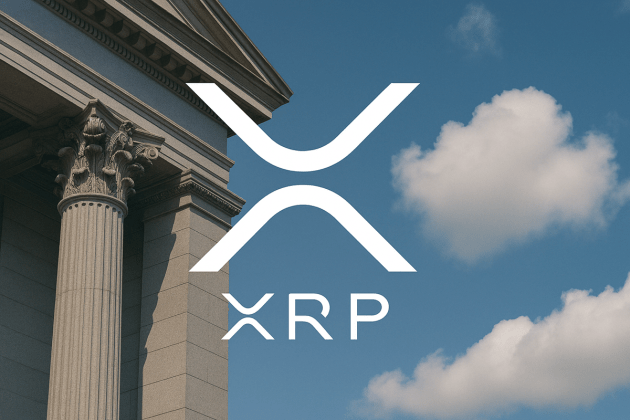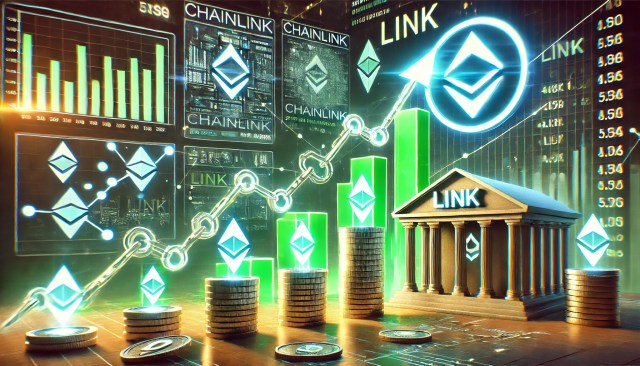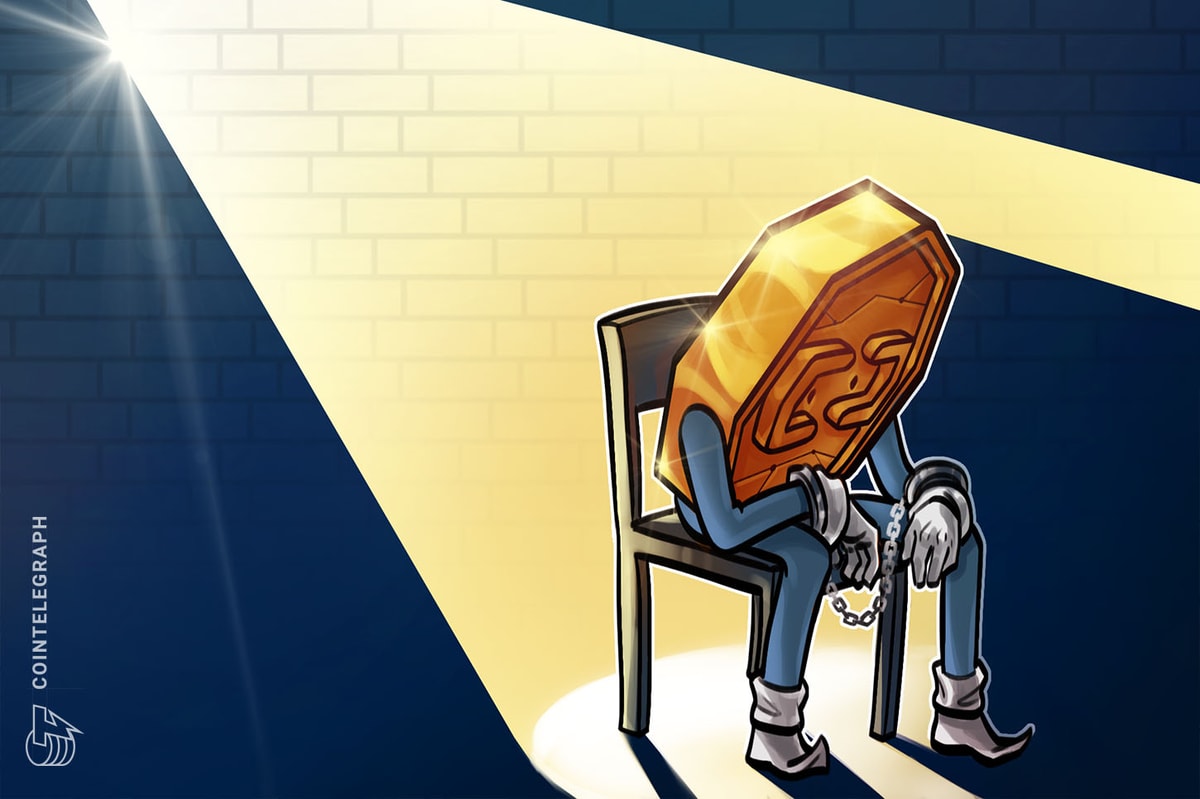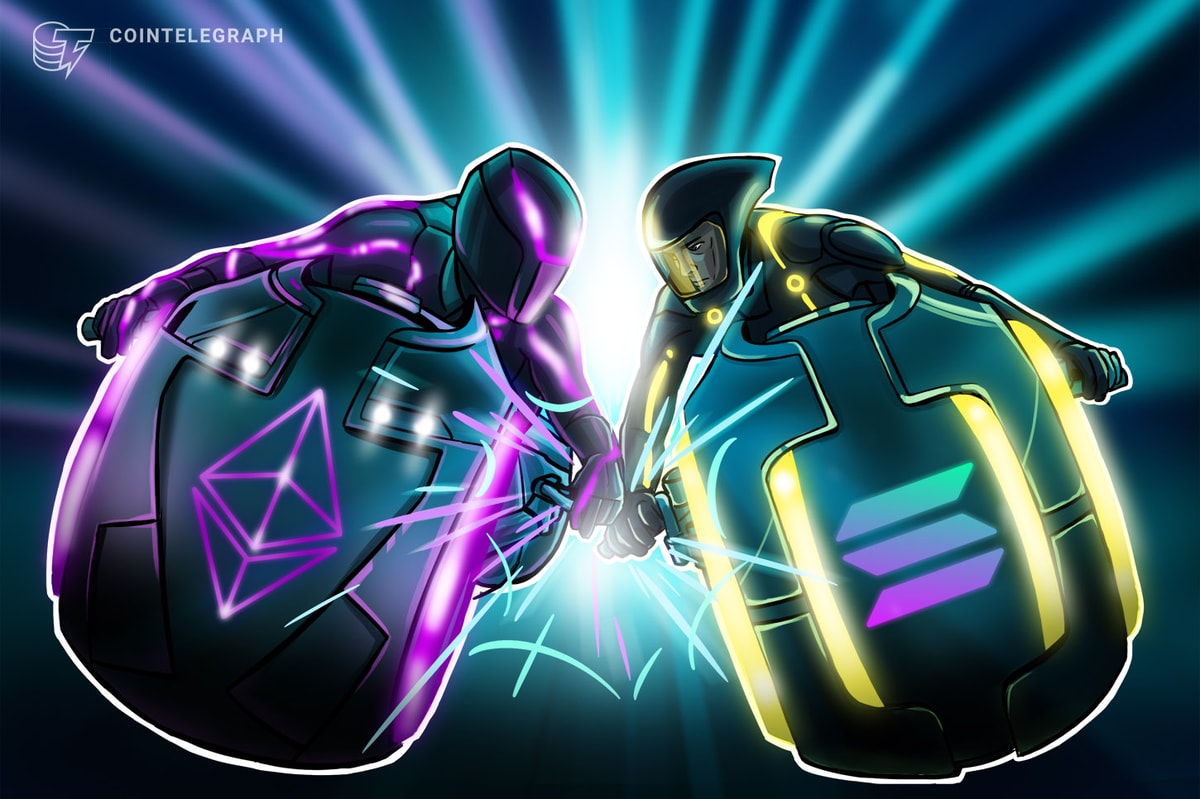New and improved technology could soon make blockchain-based voting a viable alternative to paper ballots in elections.
“Internet voting should not be used in the future until and unless very robust guarantees of security and verifiability are developed and in place, as no known technology guarantees the secrecy, security, and verifiability of a marked ballot transmitted over the Internet.”
Elections remain entrenched in the analog realm, with paper ballots still the norm. However, the contested results of the 2024 Venezuelan presidential election suggest that even paper systems are not impervious to claims of manipulation.
Furthermore, following the 2020 US presidential election, former President Donald Trump repeatedly alleged the election was rigged. The amplification of these claims on social media has undermined public trust in the democratic electoral system in the US.
Verified Voting, a nonprofit and nonpartisan organization dedicated to guarding fair US elections, told Cointelegraph that despite “2020 being a watershed year” for election security, the evidence, audits and investigations upheld the election outcome. It concluded that the current paper-based election system functioned effectively.
Hand-marked paper ballots are the most secure form of voting.
The nonprofit claimed that internet voting is highly vulnerable to a range of cybersecurity threats, which could jeopardize the integrity of votes, enable undetectable vote tampering or expose election servers to hacking. However, new techniques are tackling these concerns.
However, many of these assumptions about blockchain voting are outdated, according to Lasha Antadze, co-founder of the ZK social platform Rarilabs and founder of the election blockchain solution Freedom Tool.
Having one’s identity and political affiliation intertwined in an open blockchain may not seem wise. However, “ZK cryptography impedes the vote on the app and the ID document to be related,” noted Antadze.
One common ZK-proof vulnerability was its reliance on centralized servers, which hackers could target. However, since around 2022, new technological updates have made ZK verification possible on smaller smartphone processors.
Antadze said that thanks to this new development, it’s possible to offer an entirely fragmented architecture resistant to hacks, as there would be no single point of attack.
Another crucial requirement for any election system is the capability to audit the election process. The system must be able to demonstrate its integrity and accuracy in the event of any allegations or disputes.
Feels like we need a better way to audit elections.
— Lyn Alden (@LynAldenContact) July 30, 2024
If only there was some sort of absolutely immutable and publicly available database for this. https://t.co/EaOZHbCdao
Verified Voting asserted that the most secure, trustworthy election procedure involves using paper ballots tabulated by certified machines and subsequently verified through risk-limited audits to confirm the election results.
Mohammad Hajian Berenjestanaki, a PhD researcher at the Free University of Bozen-Bolzano and co-author of a 2024 study on blockchain-based e-voting systems, told Cointelegraph that blockchain has the “potential to enhance the auditability of votes, aligning well with the fundamental requirements of a democratic election.”
However, Berenjestanaki noted that there is a catch to this transparency: Enhancing the audibility of votes can complicate efforts to keep them private. He said that “ZK-rollups ensure that privacy is maintained while allowing for the verification of votes without disclosing sensitive information.”
Verified Voting acknowledged that blockchains can secure information after votes are received. However, it pointed out a significant flaw: The potential for offchain threats before votes are entered into the blockchain.
There is the risk of ID fraud — i.e., a fraudster using someone else’s documents to vote. To mitigate this, Antadze suggested a solution where a device could extract the photo from an ID and verify it in real time against the face of the person holding the smartphone, ensuring the voter is indeed the document’s owner.
As for accessibility, voting from a smartphone offers advantages to people who have difficulty accessing physical voting booths, but it may also exclude certain groups, such as older adults who may find new technological solutions challenging or lower-income citizens who cannot afford a smartphone. Antadze suggested that traditional voting methods could be used alongside e-voting to ensure everyone can vote.
Antadze emphasized that blockchain-based voting could reduce costs. In the US, federal elections are estimated to cost over $2 billion. Antadze believes that the potential for significant cost savings could be a compelling factor for countries to consider adopting blockchain technology for elections.
Blockchain scalability and elections
Elections generally occur over a brief period — one or a few days — and can occur on a massive scale, counting millions of votes.
In the context of the US elections, a blockchain would need to have a capacity of at least 3,009 transactions per second to process that volume, Eliézer Ndinga, vice president and head of digital assets at 21Shares, told Cointelegraph.
Blockchains such as Bitcoin and Ethereum have faced issues with saturation, leading to slow and costly transaction processing. In severe instances, networks like Solana have even experienced outages.
L2 solutions are designed to alleviate congestion on the main blockchain by processing some transactions offchain. Their goal is to reduce both traffic and costs associated with the main blockchain.
Rob Viglione, co-founder and CEO of Horizen Labs, told Cointelegraph that L2 solutions can process thousands of transactions per second. However, he believes that a national election with millions of voters “would likely saturate even the most advanced L2 networks.”
Viglione suggested that dedicating an L2 solution specifically for voting could be one approach. This tailored L2 solution would be optimized for elections, potentially offering enhanced scalability and security compared to general-purpose L2s.
Chris Yin, founder and CEO of L2 blockchain Plume, told Cointelegraph that an Ethereum L2 solution could theoretically handle millions of transactions within a 24-hour period, making it a feasible option for large-scale elections.
Yin believes that an L2 must be highly optimized to handle large-scale elections successfully. Techniques like batch voting, where multiple transactions are bundled together (such as ZK-rollups), could help reduce the overall load and improve efficiency.
Alex Gluchowski, CEO of Matter Labs, told Cointelegraph that in a worst-case scenario where an L2 solution becomes saturated, the network would experience delays and transactions could take longer to confirm, which might frustrate voters.
Gluchowski said that all current L2s would need to dramatically improve their censorship-resistant properties before an election use case becomes a reality.
Blockchain-based elections may be on the horizon, thanks to recent technological advancements. However, trust remains a crucial human factor that could delay widespread adoption. Researcher Berenjestanaki emphasized that implementing blockchain in elections should be approached gradually:
Building public trust in the technology will be crucial. It will require public education, transparent pilot projects and possibly a phased approach to adoption, where digital systems complement rather than replace traditional paper ballots initially.
Blockchain technology has already been tested in US elections. In 2018, the state of West Virginia implemented a pilot program using the blockchain-based mobile app Voatz, which allowed deployed military personnel and overseas voters to cast their ballots online, addressing absentee voting challenges.
However, the program faced controversy due to its lack of transparency in the voting process. For blockchain-based e-voting protocols to succeed and gain public trust, they will need to address these transparency issues more effectively.











